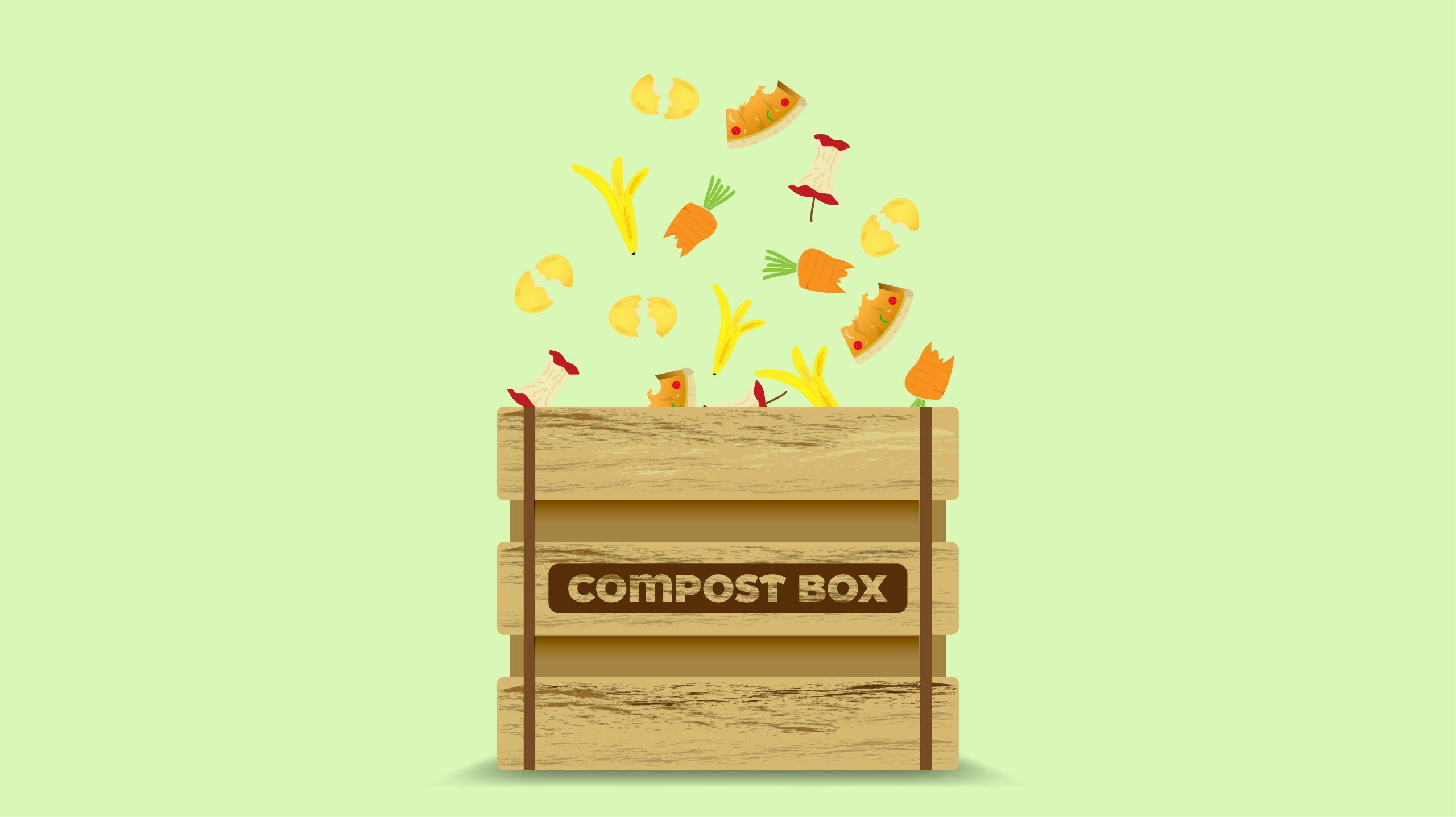If you would like to learn more about Springpack and our services, use the form below to submit an enquiry, or get in touch with one of our packaging experts by…
Key Differences between Biodegradable & Compostable
Key Differences between Biodegradable & Compostable
With the global shift in awareness of the environmental impact of packaging, buzzwords such as “Biodegradable” and “Compostable” have become more common.
Alongside this shift, we find ourselves asking “What is Biodegradable?” What is Composable” and “What are the differences between the two?”.
In this guide we will explore both the similarities and differences between both types of packaging.
A key difference between biodegradable and compostable packaging is what it leaves behind. Compostable products should be undetectable after 12 weeks. Whereas biodegradable can take a lot longer, and sometimes leave microplastics or toxic residue behind. Compostable products are all biodegradable, but not all biodegradable products are compostable.
What is biodegradable?
Something that can break down into small pieces over time is considered bio-degradable.
This can be plant based (such as fruits and vegetables), organic (such as animal products) or manmade compounds.
For plastics, such as biodegradable postage bags, additives are often added to the chemical formula to make a plastic product degrade more efficiently. This means that bio-degradable products should not be mixed with traditional plastic recycling, as the additives cause issues in the recyclable material.
Products such as paper and cardboard are considered bio-degradable, as they are made from organic matter.
What is biodegradable?
In the UK, for products considered compostable plastic, the biodegradable material must comply with BS EN 13432. This requirement states that plastic must be broken down within 12 weeks. It must leave no fragments larger than 2mm. Additionally, it must not have any negative effect on the natural environment.
To attain the BS EN 13432 certification, samples of the packaging are sent to the lab of an independent certification body for testing. Products are tested against a set list of pass/fail criteria. If all of the criteria are met, the certification will be awarded. To learn more about the BS EN 13432 certification, click here to be taken to the British Plastics Federation website.
Many compostable plastic products feature the “Seedling Logo” which shows they have been certified to BS EN 13432 standards. More information about this can be found here.
Plastics with this certification cannot always be thrown away in your home compost pile. Instead, they may need to be taken to an industrial plant. This is because the product may need controlled conditions for breaking down into the natural environment.
Products, such as compostable carrier bags, suitable for home composting usually bare the “Home Compostable” logo. To find more information on this logo, click here to be taken to the Packaging News website.
Food waste, such as potato peelings is also suitable for your home compost bin.
How biodegradable is cardboard packaging?
Cardboard packaging provided it is not lined with regular plastic, is biodegradable. It is also fully recyclable.
When it comes to the disposal of cardboard and paper products, it may be better to reuse or recycle, them instead of composting them on first use. This is because single-use packaging is usually less environmentally friendly than its recycled counterpart.
To summarise, bio-degradable and compostable packaging is not the same, though the words are often used interchangeably. Compostable products are always biodegradable, but biodegradable products are not always compostable.
Were Here to Help Guide Inform

Author: Alice Jeavons
Springpack is a UK packaging company delivering sustainable solutions that empower customers. We prioritise exceptional service, building strong relationships and developing innovative packaging solutions tailored to unique needs. Sustainability drives us, from eco-friendly materials to reusable practices minimising waste and emissions. As a family-run business, we’ve grown from humble beginnings to industry forerunners. Our passion lies in making a positive impact in our community and the lives of customers, employees, and stakeholders through outstanding service that exceeds expectations.




